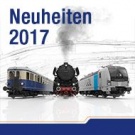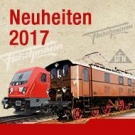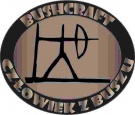Nowości PKP na 2024-25
SERWIS kolejek
Sterowanie , Dekodery DCC
H0 1:87 Kolej
H0e 1:87 Kolej
H0m 1:87 kolej
TT 1:120 Kolej
N 1:160 Kolej
G 1:22,5 kolej
Kolej do sklejania
Akcesoria kolejowe
pojazdy H0 TT N
MiniTank ROCO
Figurki H0 TT N
Budownictwo
Materiały do makiet
Modele Plastikowe
Modele Drewniane
Games Workshop
WARLORD GAMES
Modele Kartonowe
Star-Wars
Start SET z farbami
Farby
Kleje - chemia itd.
Narzędzia
Akcesoria modelarskie
Materiały modelarskie
Literatura
Klocki (typ Lego )
Modele SIKU
Modele Gotowe
Zabawki
Gry
Puzle
WALKERA drony
RC zdalnie sterowane
Narzędzia OLFA
NEXT Generation
DATALAND Hobby
H0 1:87 Kolej
 Lokomotywy
Lokomotywy
 ROCO 72198 Lokomotywa...
ROCO 72198 Lokomotywa... 
ROCO 72198 Lokomotywa Parowóz BR001 133-8 DB Ep.IV model analogowy
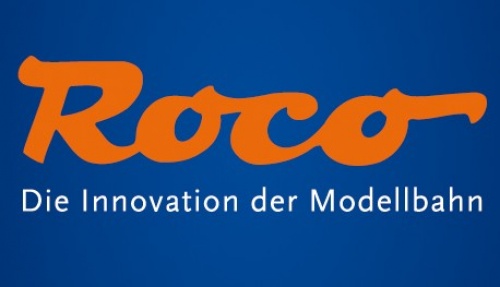
OPIS PRODUKTU:
ROCO Lokomotywa Parowóz
Model analogowy z gniazdem pod - dekoder cyfrowy
Skala: H0 1:87
Koleje : DB
Epoka : IV
Numer : 001 133-8
Długość modelu : 275
Śilnik : 5 -polowy z kołem zamachowym
Oświetlenie zmienne w zależności od kierunku jazdy przód / tył . TAK LED
Gniazdo dekodera cyfrowego DCC - Nem 652 ( 8Pin)
Minimalny promień skrętu : 419,6 mm
Kinematyka krótkiego sprzęgu KKS.
Gniazdo generatora dymu -
POLECAMY
Steam locomotive class 001 with newly designed boiler of the German Federal Railways. Epoch IV.
Model with digital decoder and digitally switchable sound functions.
■ Variant with newly designed boiler
■ Wheels with delicately designed spokes
■ Boiler with many separately applied parts
During the war the locomotives were not properly maintained and this was dramatically apparent on the express train locomotives of the series 01 from 1940 on. The vehicle fleet initially had a large number of locomotives of the series 01 but, however, only about 160 locomotives in adventurous technical conditions were put into operation. When the locomotives were providing their daily hard services, it became clear that extensive maintenance work was necessary to guarantee a stable operation. Thanks to experienced technicians and railway workers, many locomotives could be kept in operation until the 1960s. By the end of 1958, however, the decision was made to put 50 locomotives on a conversion programme which lasted until 1961. Not only a new boiler with a combustion chamber and new ash boxes had to be fittet but also the rusty surfaces needed to be repaired. They also removed the water supplying dome, the sandboxes and other components. This completely changed the look and the design of the locomotive.



















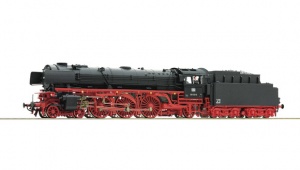
 powiększ
powiększ


















